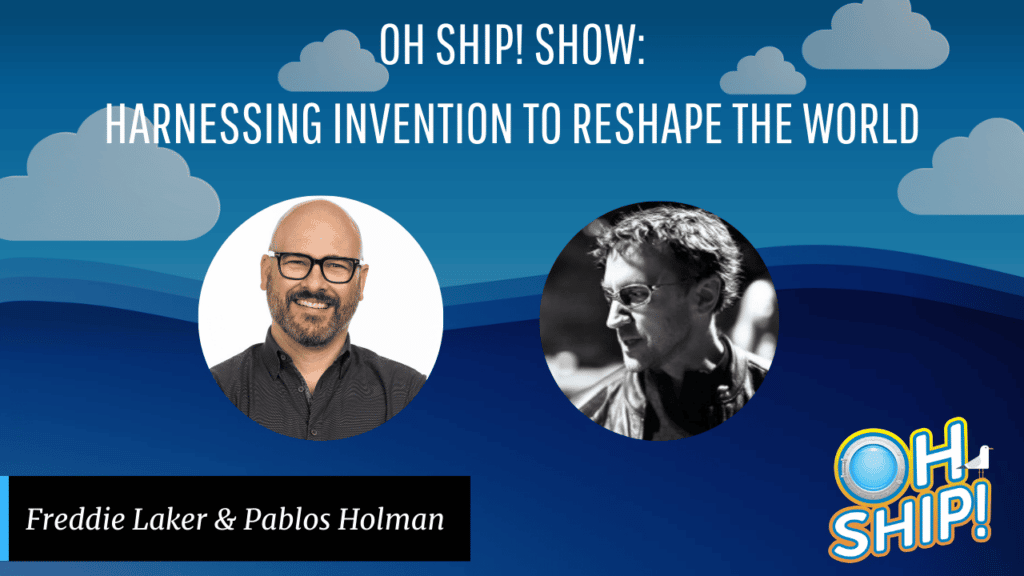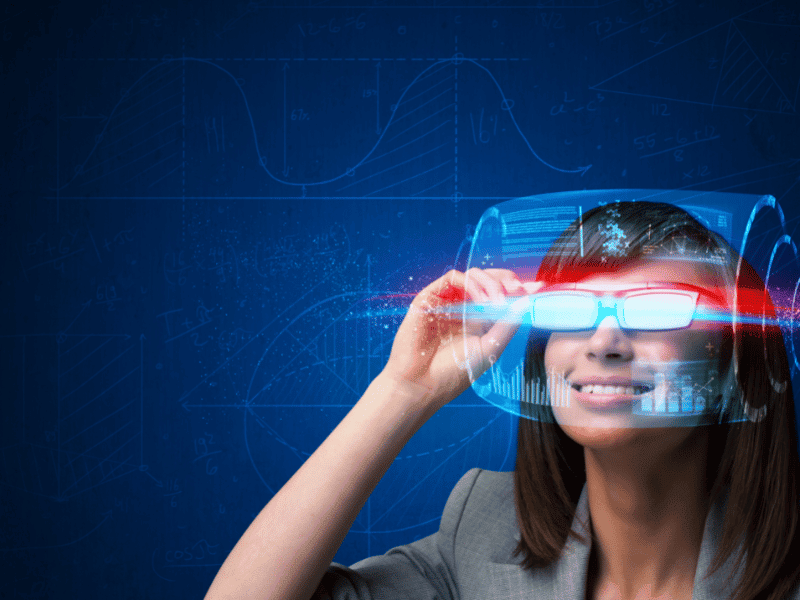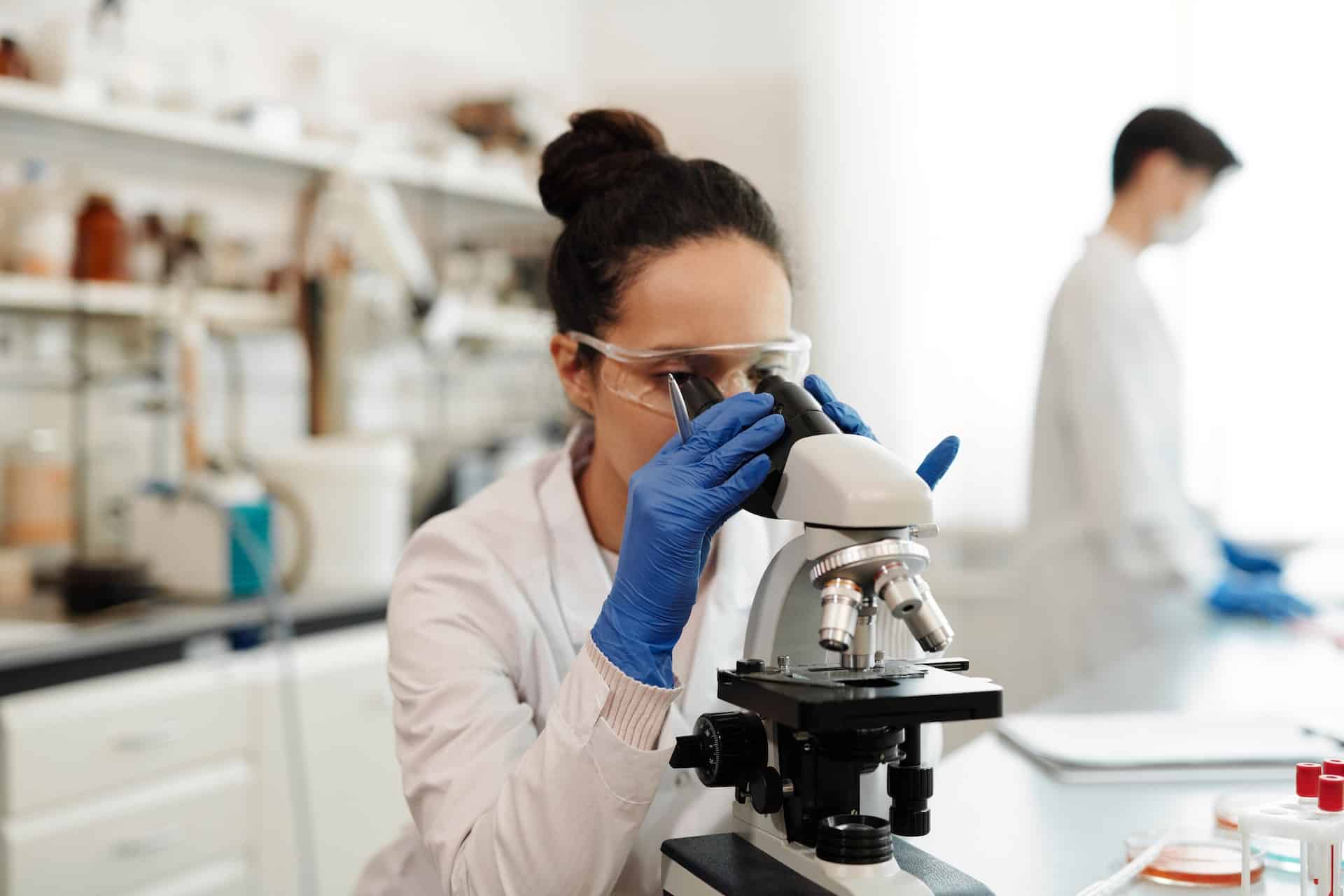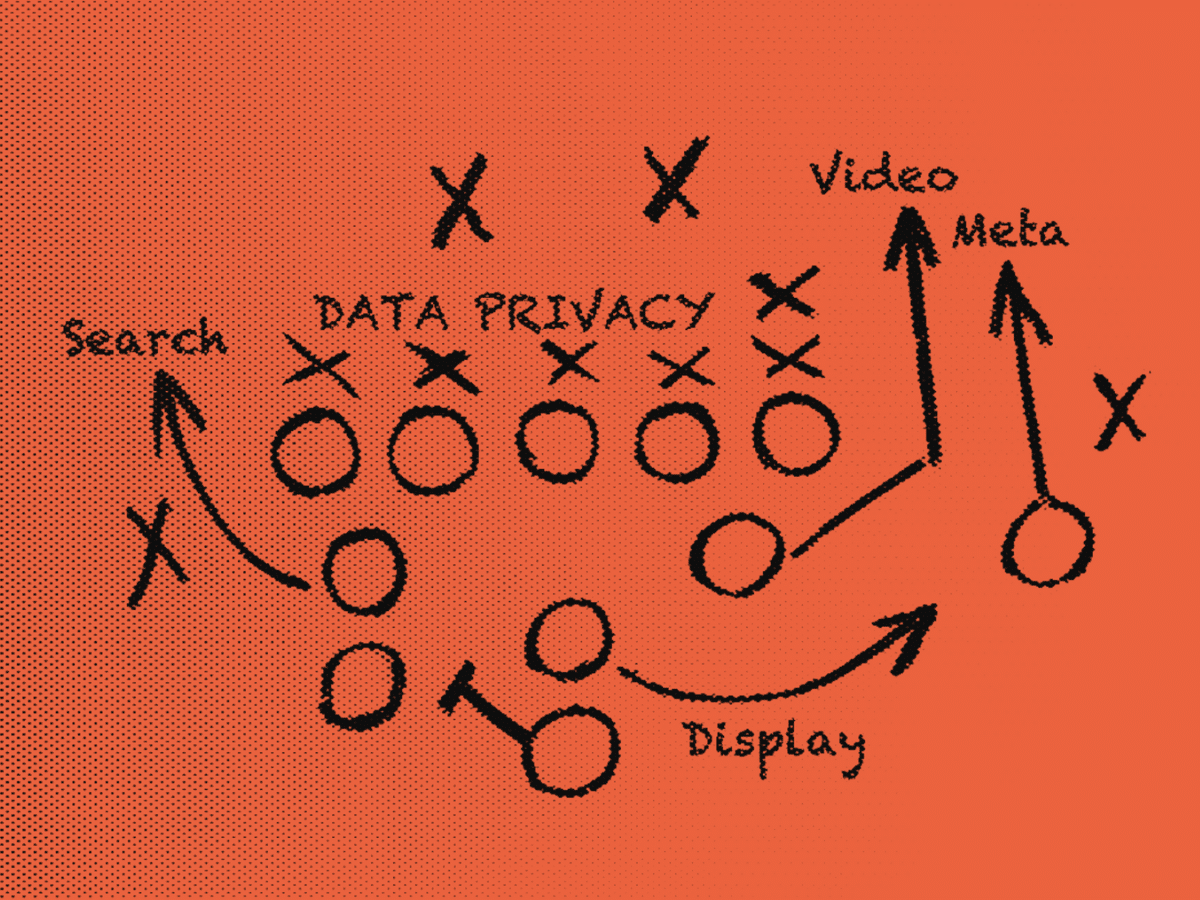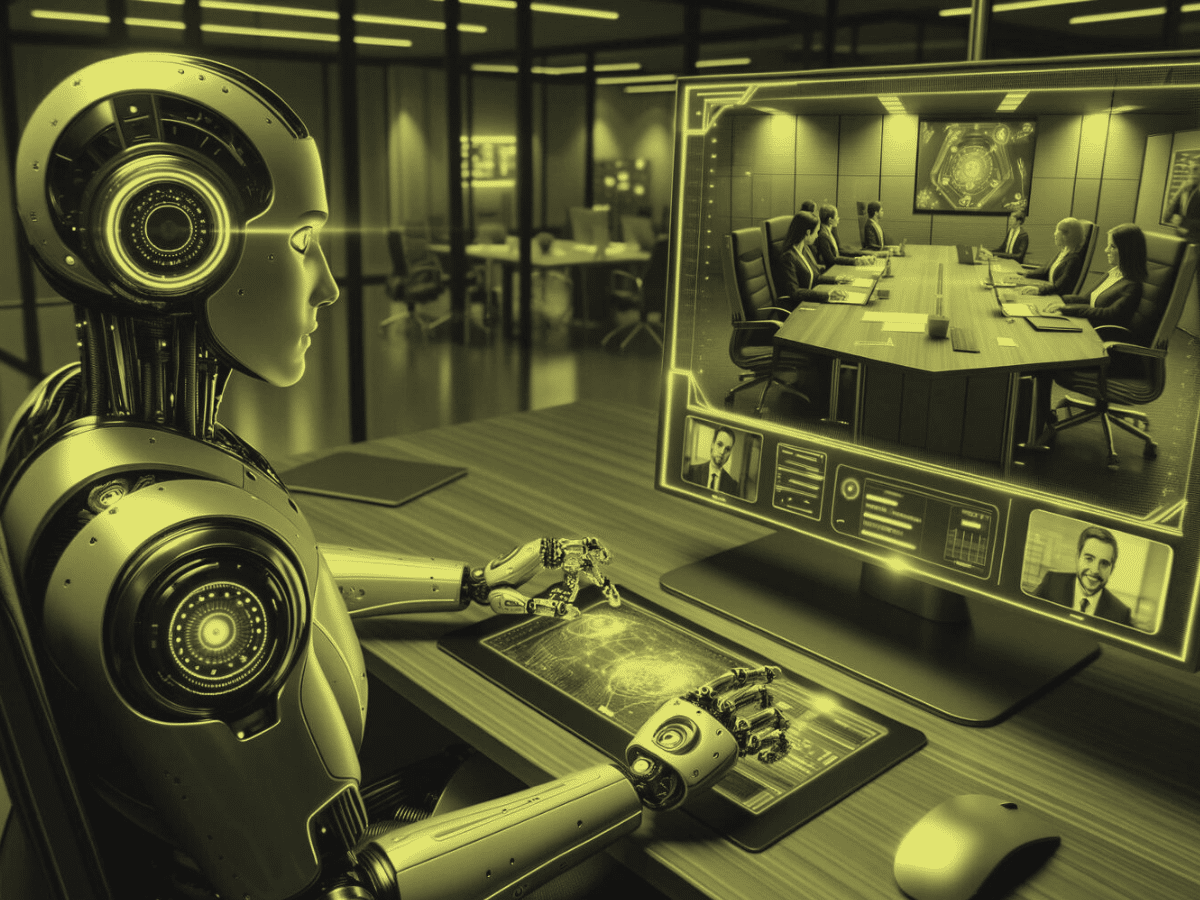Pablos, a prolific futurist, speaks on the types of inventions that transform the world—and his process for designing them.
©ra2studio via Canva.com
Pablos Holman is a hardcore futurist who works at the intersection of entrepreneurship and inventing. With over 70 patents to his name, he’s helped Jeff Bezos launch the Blue Origin research lab and Nathan Myhrvold launch the Intellectual Ventures Lab, one of the world’s most prolific innovation hubs. In a conversation with Freddie, he discusses how entrepreneurs harness innovation—and why mad scientists, rogue inventors, and crazy hackers need to merge their talents.
Catching the inventing bug
Growing up in Alaska, Pablos got a computer at age 9: an Apple 2. This was in the ’70s before anyone else had seen one. “Nobody for more than a thousand miles in any direction knew more about it than me, so I had to learn everything the hard way—just crash it and reboot it,” he laughs. “I had to learn how to code by reverse-engineering assembly language.”
He had a computer and a skateboard. “People were pretty conflicted about which one was a bigger waste of time,” he notes. But through all his childhood experimentation, he caught the inventing bug—and just kept learning.
In the mid-80s, computers finally became an established force. “When I was 16, 17, 18, I could go into a company and bring a Mac (…) and show somebody how to do their job that they’d been doing for 20 years, but in minutes—and show that I could do their job,” he says.
What is his invention process?
“The valuable thing to do is start with problems,” Pablos says. “You want to understand problems and internalize them because when you can take a problem on, then you can go find the technology or invent the technology that can help you solve that problem.” Meanwhile, if you invent something without a problem, it will be useless.
Importantly, inventors don’t need to work alone. “We’ve kind of led ourselves astray by imagining that one person’s gonna do it all, and that’s just not true,” he asserts. At Intellectual Ventures, they turned inventing into a group activity. “That’s what made us so prolific. We got 6,000 patents on our inventions by turning it into a team sport,” he says.
They’d pinpoint a problem and convene people across disciplines to solve it: a nuclear physicist, laser expert, chemist, and computer hacker, for instance. “Collectively, we know the cutting edge in every area of science and technology, and it’s at the borders where you get the inventions,” he affirms.
Essentially, they’d match up as many problems as they could with specialists in every area. They also stockpiled a vast array of high-tech equipment, so they could draw from whatever they needed. “We didn’t know what we were going to be inventing, so we needed every kind of lab,” he notes.
Inventors might start by fixating on one problem. But he continuously reads about many problems. With one side of his brain, he collects problems, and with the other, he peruses research, he says.
But it’s tough to succeed as an inventor, and most are doomed to fail, he acknowledges. “Even if they succeed technically, they will fail to commercialize or set it on a commercial track that pays off in a lifetime,” he says.
For him, it was less risky because he was working with a big organization. This illustrates that most people should focus on finding great partners rather than relying on their own genius. “It takes a lot of ingredients to make something successful even once the invention works,” says Pablos.
Focusing on deep vs. shallow tech
Deep tech encompasses the underlying technologies that power all tech, Freddie explains. In contrast, shallow tech involves more opportunistic, consumer-friendly applications that don’t catalyze sweeping changes.
Scientists are trying to figure out how the world works, notes Pablos. They power the deep tech of the world.
At the other end of the spectrum lies entrepreneurship: producing a product and finding a market. Entrepreneurs harness innovation that emerges from research, translating it into practice.
“In the middle is the inventor,” Pablos says. “And the inventor’s job is to take the output of scientific research and see if you can use it to solve a problem. Does this new discovery change anything humans have ever done? Can you do something faster, cheaper, or better, in a more humane fashion?”
A lot of people want to play at the micro innovation level; not as many want to play at the macro level, says Freddie. We can solve smaller pain points with software, Pablos concurs, but these opportunistic solutions aren’t transforming the world.
“We think we live in a world full of technology, but we really just live in this world full of software,” he says. “Software is useful, and we do want to apply it to everything, but we shouldn’t kid ourselves—that’s not where the wins are gonna come from going forward.” Meanwhile, the tech industry is avoiding the truly world-changing innovations that rely on hardware—even though we have tested and proven many of them, he asserts.
“There’s a lot of problems in the world that are big, that we can solve using technology that’s not exclusively software,” says Pablos. “I try to antagonize people to think about that a bit.”
The mad scientists, rogue inventors, and crazy hackers of our world are creating some revolutionary innovations, however—and we need to harness their brilliance.
World-changing technologies that exist today
Pablos shares a sampling of truly revolutionary projects with the power to change our world. “I get to see a lot. I go to labs all the time; I see science fiction being incarnated in real time,” Pablos adds. “I’m just wildly optimistic because it’s hard even to find a problem that we don’t have technology to solve.”
Harnessing solar from space
One company he’s worked with is building solar panels to be put in space, providing continuous access to sunlight and beaming it down as radio waves. Launch cost is the only problem, he notes.
Often you can use Moore’s law to figure out when an invention will be solvable due to decreased costs, he says—but not always. Over a decade ago, he worked on a machine that could blast mosquitoes with lasers as a malaria intervention, but the cost of production has prevented its launch.
Taming hurricanes
In the late 2000s, his team invented a machine that could suppress a hurricane. Essentially, the sun heating the surface of the ocean generates a hurricane, so the device—a giant tube placed in the ocean—cools the surface water. If placed throughout the Gulf, they could bring category five hurricanes down to category 3 or 4. Plus, it’s inexpensive since it’s made from recycled tires—“cheaper than the cost of a hurricane by a lot,” as Pablos says.
“Nobody has come up with a good reason not to do it. The problem, and the reason it doesn’t get done, is there’s no business model,” he asserts. “We’re never gonna make a dime off that invention. It’s gotta be done by governments, and unfortunately, modern governments don’t seem very good at large-scale infrastructure projects.”
Part of the problem is the abstraction of risk, he says. Insurance companies and governments aren’t feeling the personal incentive to fund it, even though the impetus is obviously there.
Producing AI-generated art
AI-generated art and imagery have been a big conversation lately, says Freddie. The program DALL-E has been trained by being fed enormous amounts of images to recreate imagery on the fly on any topic and style, for instance.
“You’re not replacing artists; you’re replacing craftspeople,” he also notes. AI-generated art is just a tool that enables humans to share what’s in their head. In the future, we might create a feature film on an iPhone just as we can create a podcast today.
How did such technology come to exist? About a decade ago, a major breakthrough with deep learning enabled us to create AI programs that could figure things out for themselves.
“What happened with AI is we got to a point where now the computer could ingest massive amounts of data—more data than any human ever could—and it could create its own algorithms,” Pablos explains. This “neural net” randomizes and tests numerous algorithms—basically, formulas—and tosses out the ones that don’t work. “A formula generated by a neural net is like 7 miles long,” he continues. “It’s just a super complicated algorithm that no human could ever understand or execute on their own.”
The next generation is going to make better decisions than any before it with the help of these powerful tools, he emphasizes. Ultimately, they’ll support us in leveraging the incredible inventions that can positively reshape our world.
Find Pablos on LinkedIn or follow him on Twitter @Pablos. And be sure to like and subscribe for more thought-provoking content!

